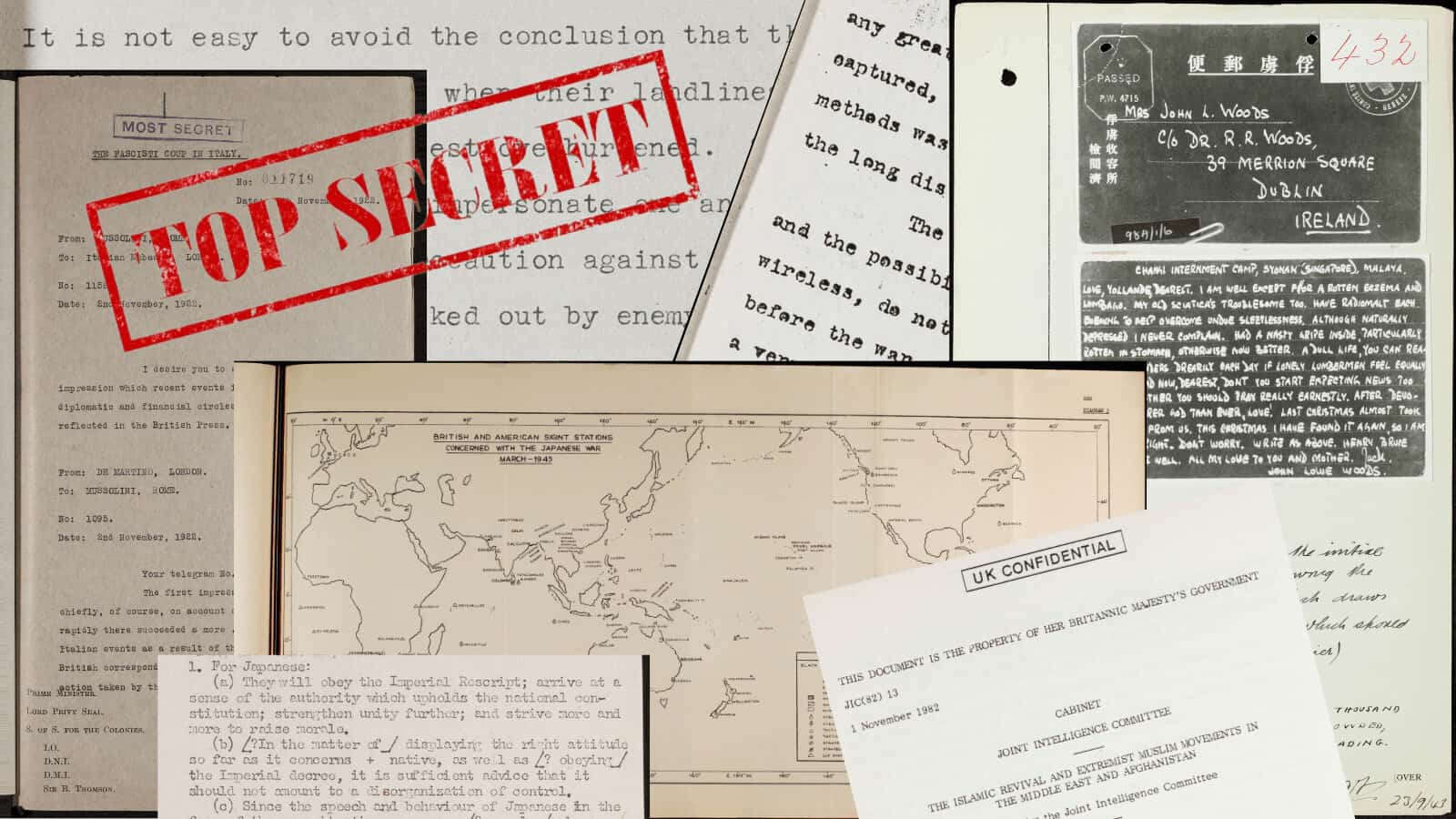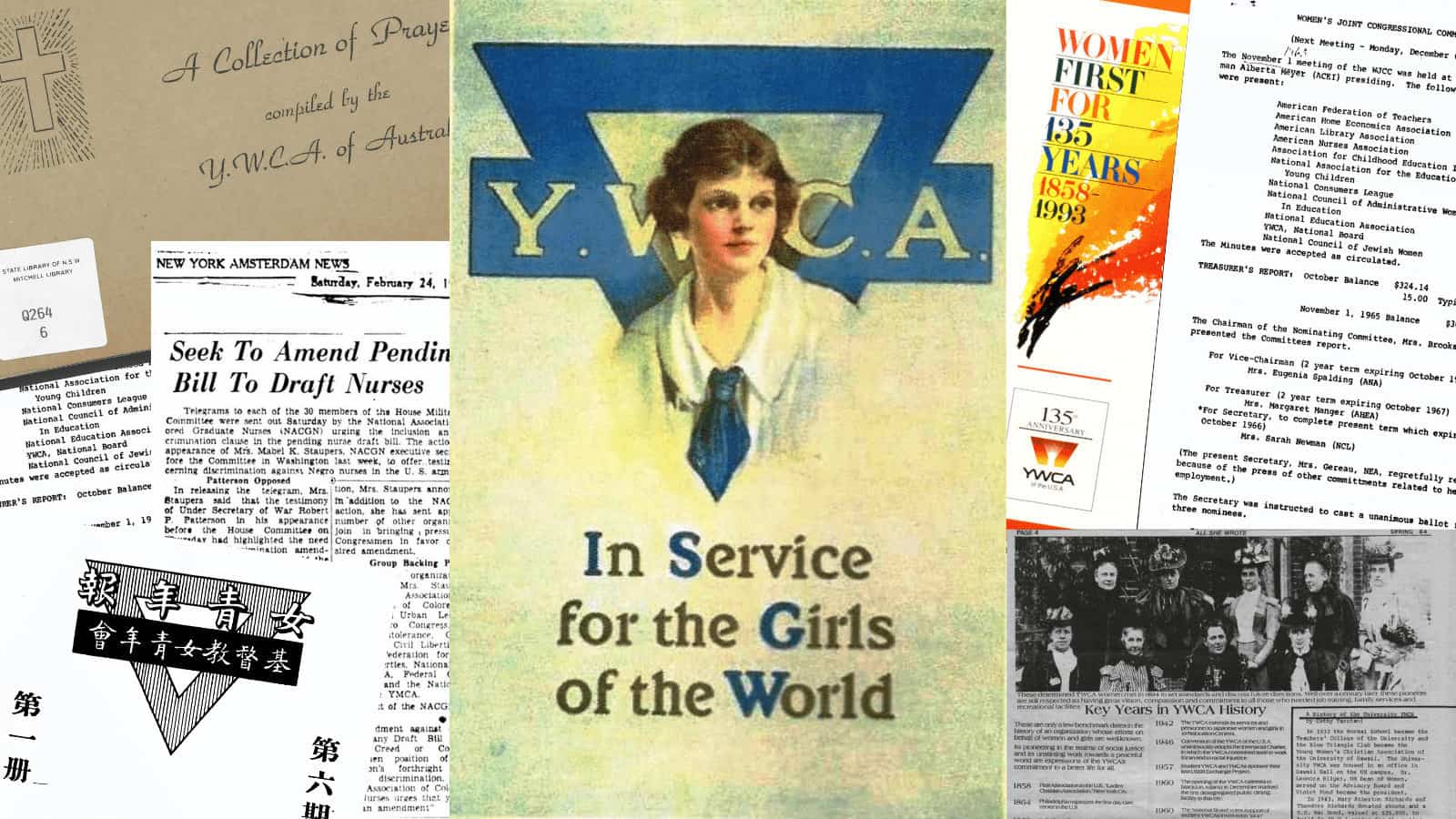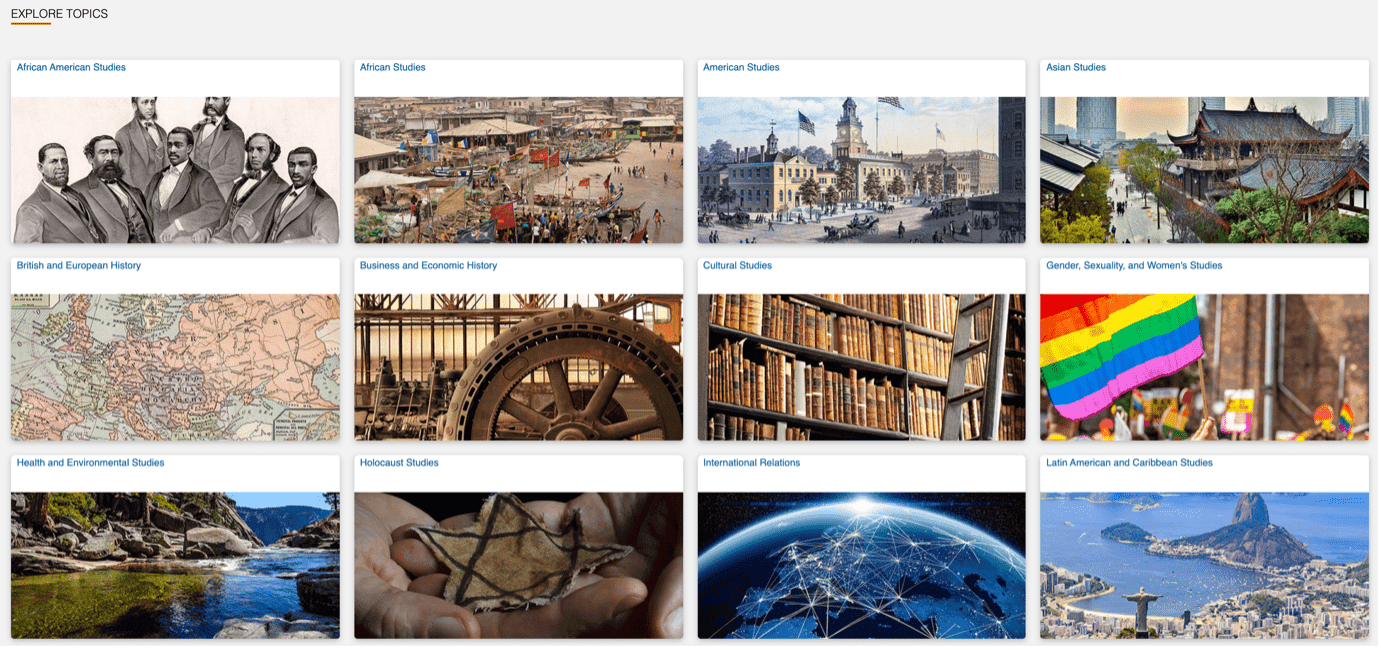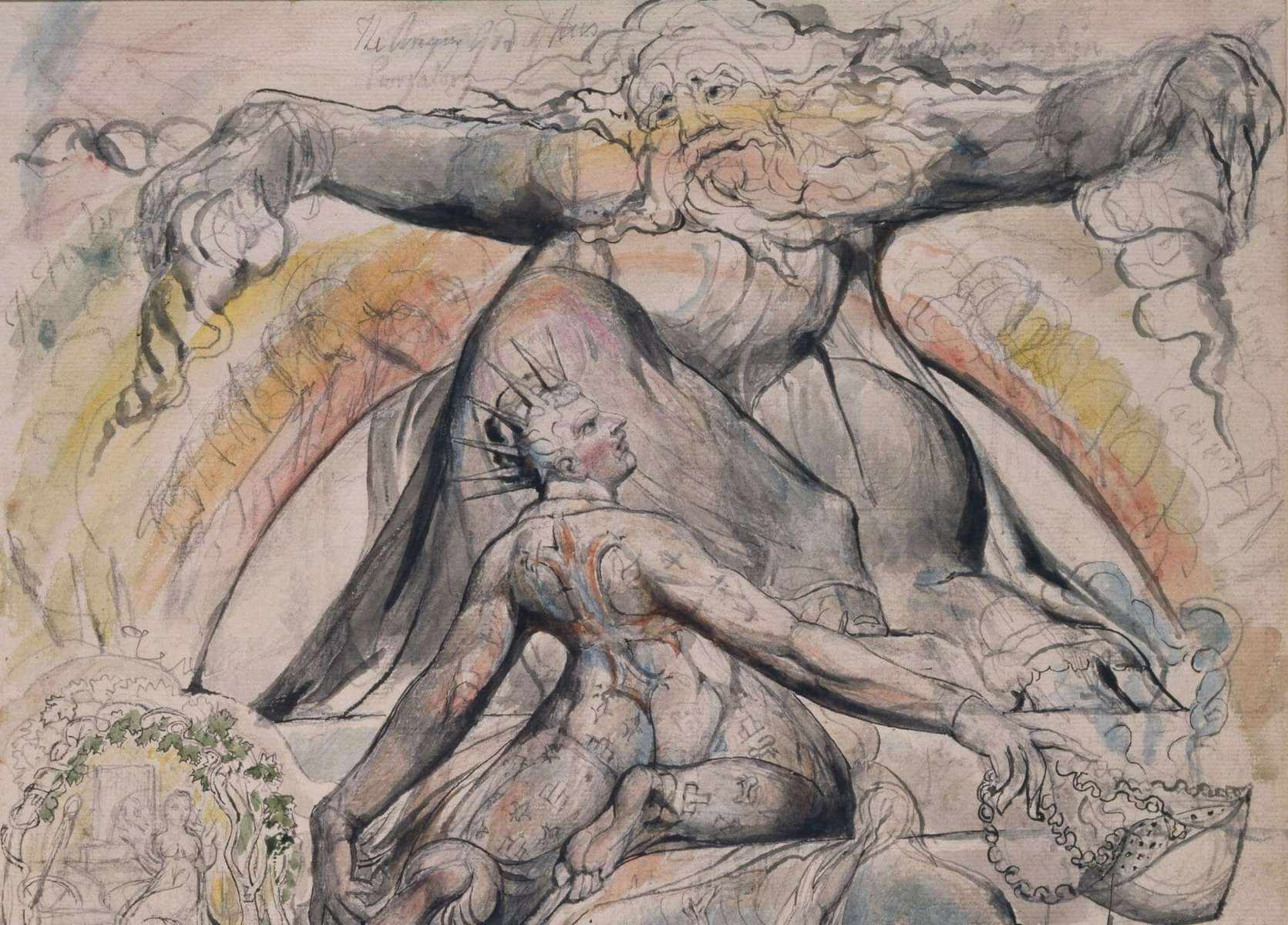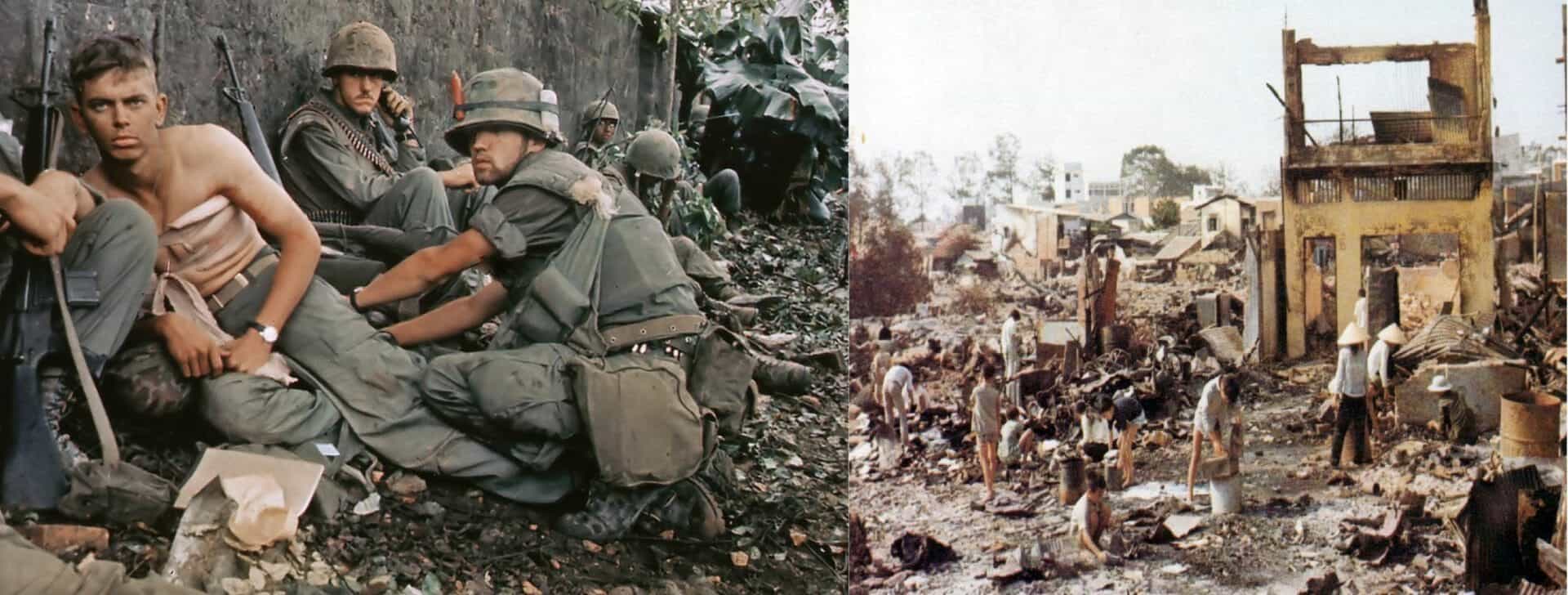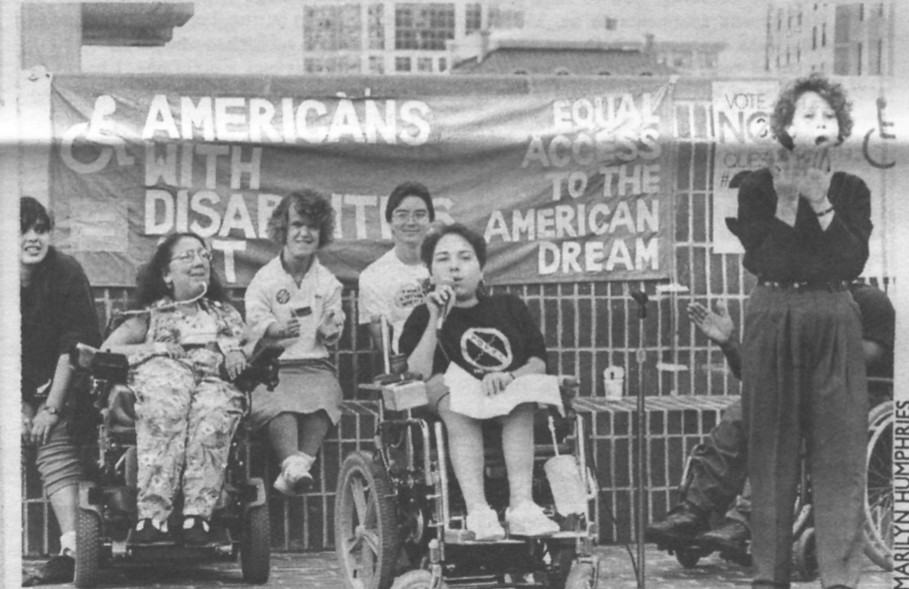|By Rob Youngs do Patrocinio, Gale Ambassador at University College London|
Gale’s rich and exciting archive collection L’Enfer de la Bibliothèque national de France, which is part of Gale’s Archives of Sexuality and Gender series, holds an impressive assortment of approximately 2400 printed works, published mostly in French. Enfer quite literally translates into English as “hell”. The name is remarkable and has certainly contributed to the collection’s historical infamy. When it was opened, the collection was classified and unavailable to the wider public due to its obscene and outlandish nature, and the perceived vulgarity of the content – but perhaps unsurprisingly this only roused interest and curiosity in the collection! Students of today will undoubtedly be equally curious to explore this historically “out of bounds” collection.


